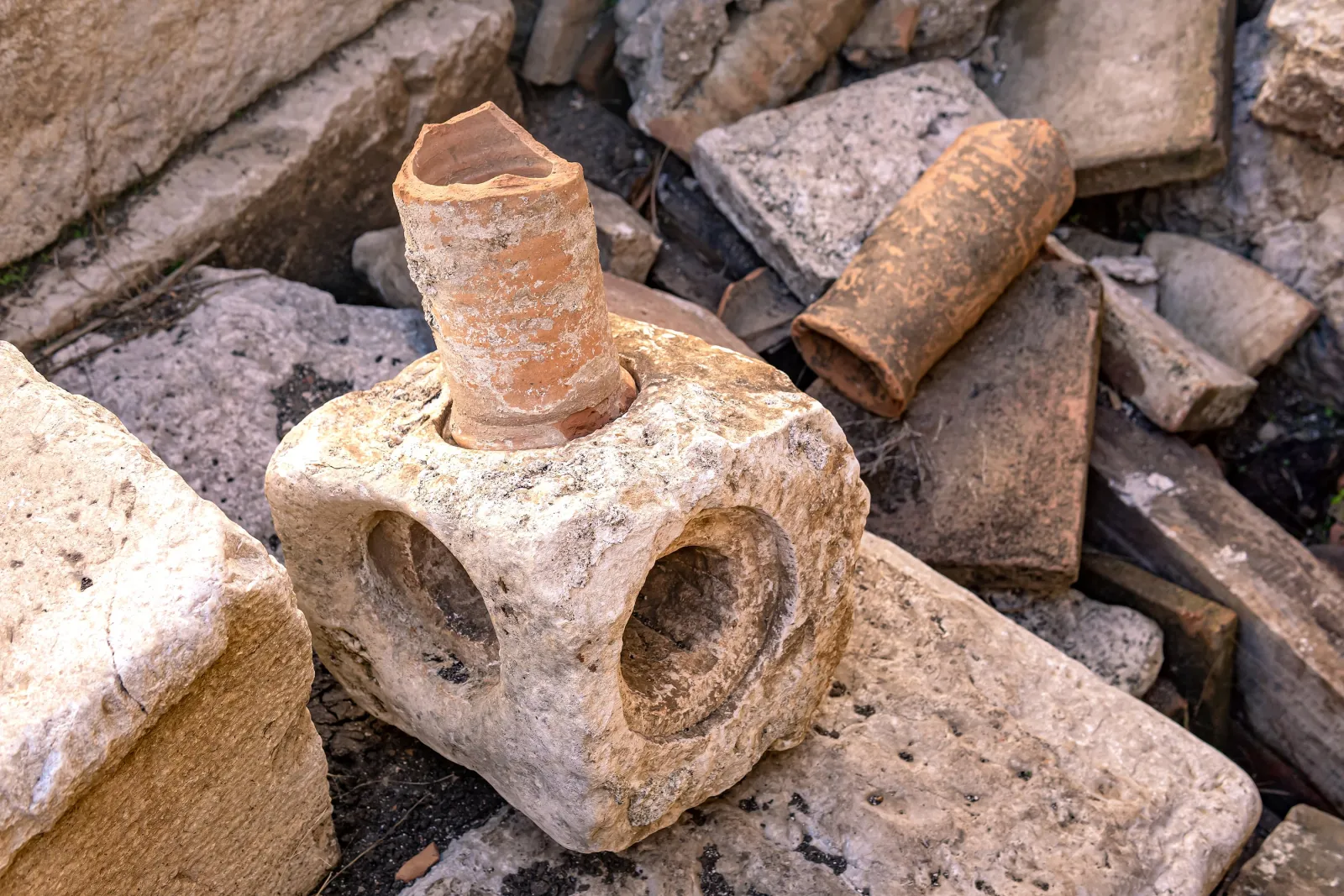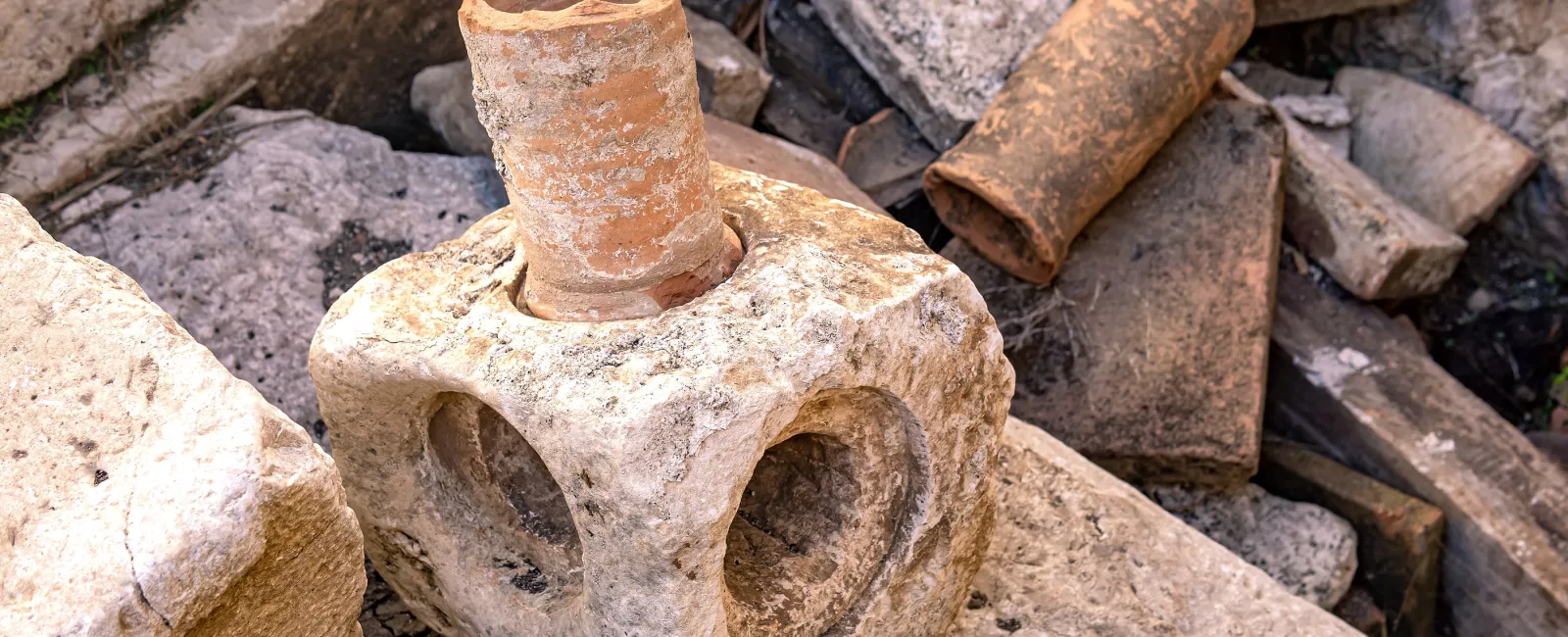The daily routine of turning on a faucet to shower, bathe, or wash your hands is so commonplace that you've likely never thought about how it all started. Once upon a time, the ability to flush a toilet, turn a knob on a washing machine to start a load, or press a button to start the dishwasher didn't exist.

So how did we get here? Who sat down and mapped out all the piping needed for a successful working water system? We've got the answers if you're wondering how indoor plumbing came to be.
When Was Plumbing Invented?
Many people don't often raise the question of where plumbing truly originated from. The idea of plumbing and various iterations of it have been around for thousands of years. As far back as 3000 B.C., archeological evidence has been discovered of what could have been some of the first water pipes in India. It is also well-known that the early Egyptians had a vast civilization that included irrigation ditches, canals, and basins.
Complex systems of ancient plumbing were developed by the Roman Empire as early as 500 B.C. Aqueducts, public baths, underground sewers, and piping systems made of lead and bronze were all part of Rome. By around 50 A.D., the Roman Empire had more than 200 miles worth of aqueducts. Gravity powered these water channels, which brought gallons upon gallons of water to Rome's citizens.
Irrigation systems and various ways to carry water from one place to another have been around for centuries. Even toilets and showers have been around for a long time. However, plumbing as we know it today didn't start forming until the early 1800s.
When Did Indoor Plumbing Start?
For nearly a century, indoor plumbing started to take shape. Developments in indoor plumbing started popping up in the early 1800s.
- In 1810, the English Regency shower was introduced. It featured water pumped through a nozzle, sprayed out at shoulder level, and collected to be pumped back through the nozzle repeatedly.
- In 1829, a Boston hotel called the Tremont was the first to feature indoor plumbing for guests. Isaiah Rogers built eight water closets, usually only found in the homes of the very rich.
- In 1833, indoor plumbing was introduced in the White House but only on the first floor.
- In 1885, Chicago introduced America's first fully functioning sewer systems.
By 1940, indoor plumbing was well established but still not commonplace. It has been reported that only about half of all homes had hot, piped-in water, a bathtub, shower, or flushing toilet.
When Did Indoor Toilets Become Common In America?
The beginnings of flush toilets can be found back in ancient times. While these various iterations didn't flush in the modern way we now know, ingenious systems were set up to carry waste away.
In 1596, Sir John Harington created the precursor to today's modern flush toilet. He installed one in his own home, and he also installed one for Queen Elizabeth I. It featured a flush valve to release water from the tank and a wash-down design to empty the bowl.
In 1775, one of the most essential components of today's toilets was created: The S trap. Alexander Cumming, a Scottish mechanic, came up with this design that is still used today!
In the 1880s, the chain pull toilet was invented in England. In the 1870s, Thomas William Twyford developed the first one-piece ceramic toilet. Around 1890, Thomas Crapper came up with and patented his valve-and-siphon design, revolutionizing plumbing and updating the toilet to its modern version. While he wasn't the inventor of the modern flushing toilet, his contribution made it what it is today.
Between the last quarter of the 19th century and the first quarter of the 20th century, indoor toilets became common. They still weren't everywhere, but it was more than just a novelty or something for the ultrarich.
Who Invented Indoor Plumbing?
The invention of indoor plumbing has such ancient roots that it can't be pinned down to one person. However, as you read above, many people are credited with essential innovations and applications of indoor plumbing. Great minds continue to come up with new and wonderful ways to make use of indoor plumbing.
In 1906, William Elvis Sloan used pressurized water directly from the supply line to create a faster recycle time between flushes. His invention, dubbed the Flushometer, is still used in today's public bathrooms worldwide.
For all your indoor plumbing needs, contact us or call us at 412-GO-STAHL (412-273-1000).

